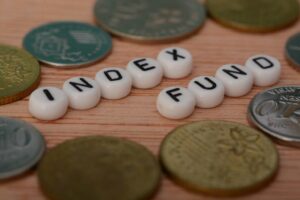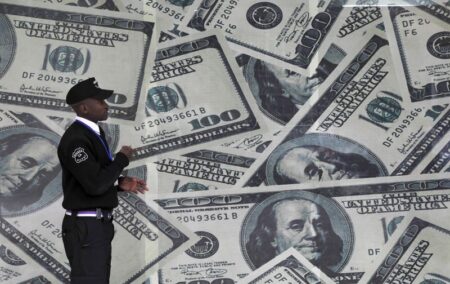By Amanda Cooper
LONDON (Reuters) -The dollar rose on Tuesday, trading above 150 yen for a sixth day, as investors grew less certain Japan’s era of ultra-low rates will end any time soon given the country is in recession, while the yuan shrugged off a cut in China’s key borrowing rate.
Japanese finance minister Shunichi Suzuki said on Tuesday authorities were “closely watching FX moves with a high sense of urgency”, a phrase he has used previously, and stated the yen exchange rate was set by a number of factors.
The yen has lost 7% in value in 2024 alone, having weakened past the 150-level against the dollar on Feb. 13. In the past, traders have viewed 150 as a line in the sand for the Bank of Japan and the Ministry of Finance that could trigger intervention, such as was the case in late 2022.
This time around, the move has been more gradual, volatility has been modest, which suggests little immediate nervousness from either Japanese authorities or currency traders.
“I think (monetary authorities) have to tread a very fine line as they lead up to the next couple of Bank of Japan meetings because there is expectations they will hike rates and then what happens to the yen?” XTB research director Kathleen Brooks said.
For much of 2023, the market pinned its hopes on the BOJ ending its policy of keeping rates below zero, which put a floor under the yen. But with Japan in recession and inflation-adjusted wages shrinking, the currency has slid broadly.
“Maybe they’re getting to the end of the road with (zero rates) and maybe the fact that they’re not intervening in the FX market is a sign that they’re going to do it organically, by normalising interest rates which is a much more conventional and functional way to manage your FX market,” she said.
Even with the dollar trading above 150, the options market shows a growing preference among traders in the last few days for options to sell the U.S. currency against the yen over those to buy the dollar.
That said, the dollar was last up 0.1% at 150.305 and for now, should be supported by dwindling expectations of a prompt rate cut by the U.S. Federal Reserve after higher-than-expected U.S. producer prices and consumer prices data last week.
On the other hand, Japan’s economy, which unexpectedly slipped into a recession in the final quarter of last year, has prompted investors to rethink the chances of a near-term exit from zero rates by the BOJ.
“At the moment, the data coming in from Japan is telling us that it’s not as rosy as what the BOJ would like to see in order to begin moving away from negative interest rates,” said Rodrigo Catril, senior currency strategist at National Australia Bank (OTC:).
China meanwhile cut its benchmark reference rate for mortgages. The drop comes on top of other efforts to stimulate credit demand and revive the property market, but the yuan struggled near a three-month low as investors say more policy support is required to shore up fragile confidence.
In the offshore market, the yuan was little changed on the day at 7.2065 per dollar.
The euro was steady on the day at $1.0787, while sterling was up 0.1% at $1.2604.
The , which tracks the performance of the U.S. currency against six others, eased 0.1% to 104.22.
In cryptocurrencies, bitcoin was last down 0.6% at $51,560, but is still up 22% so far in February.
Read the full article here












